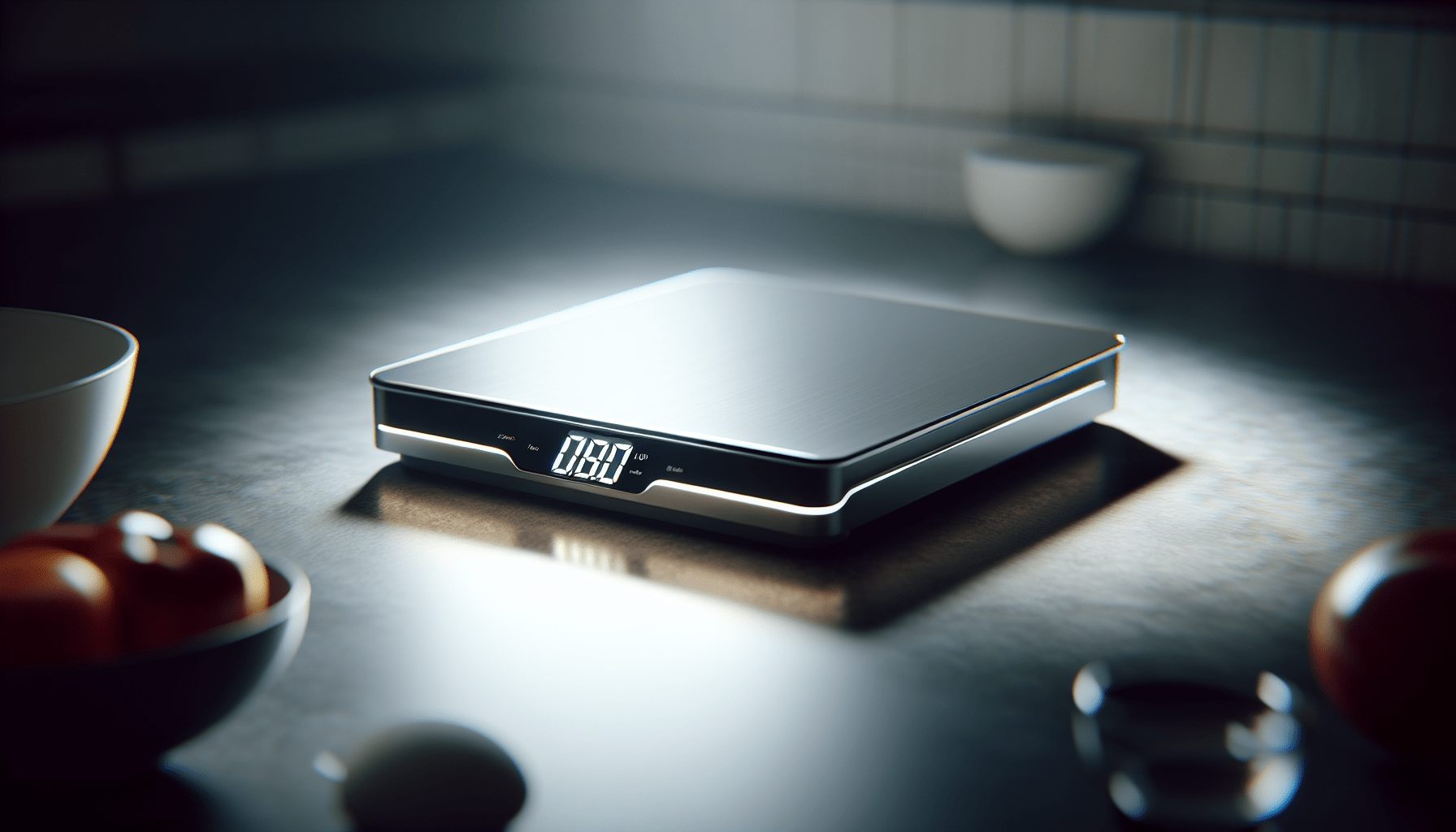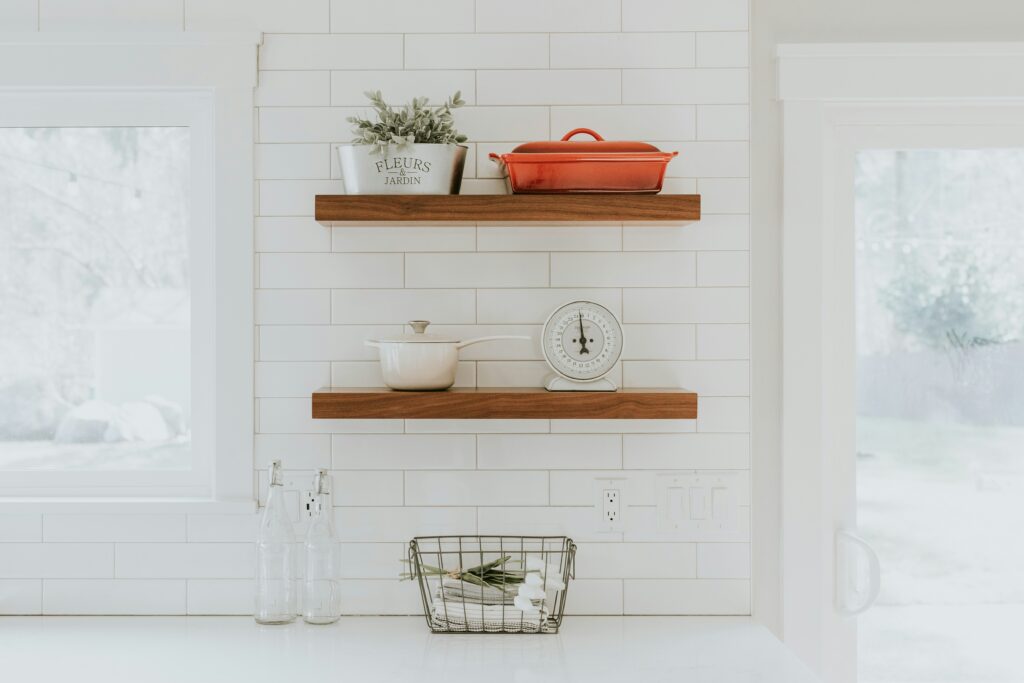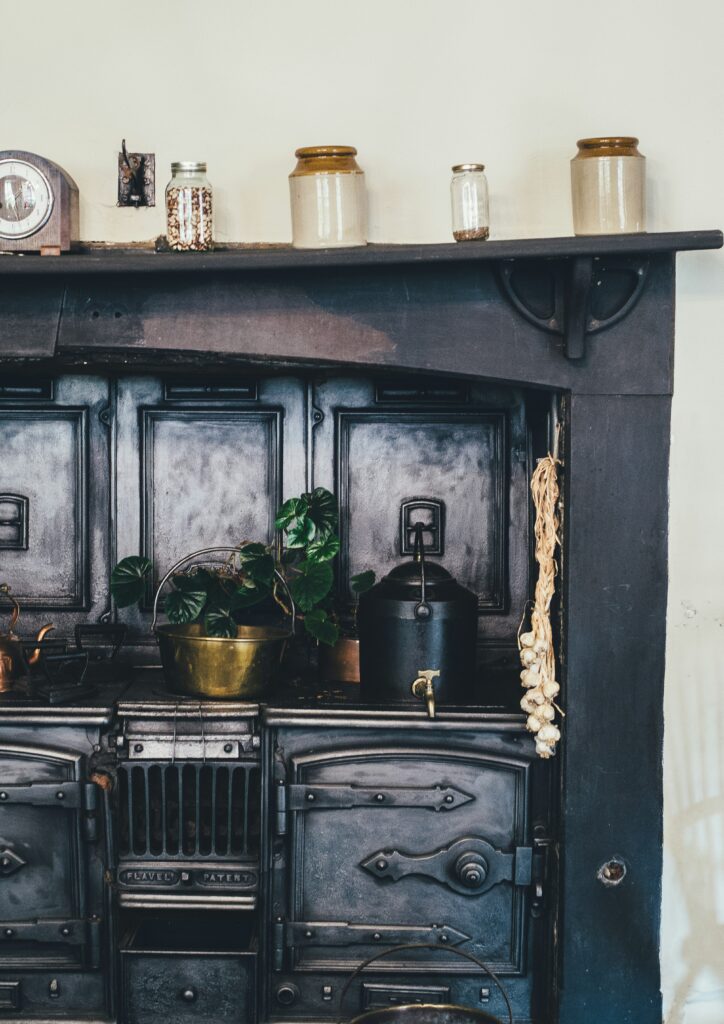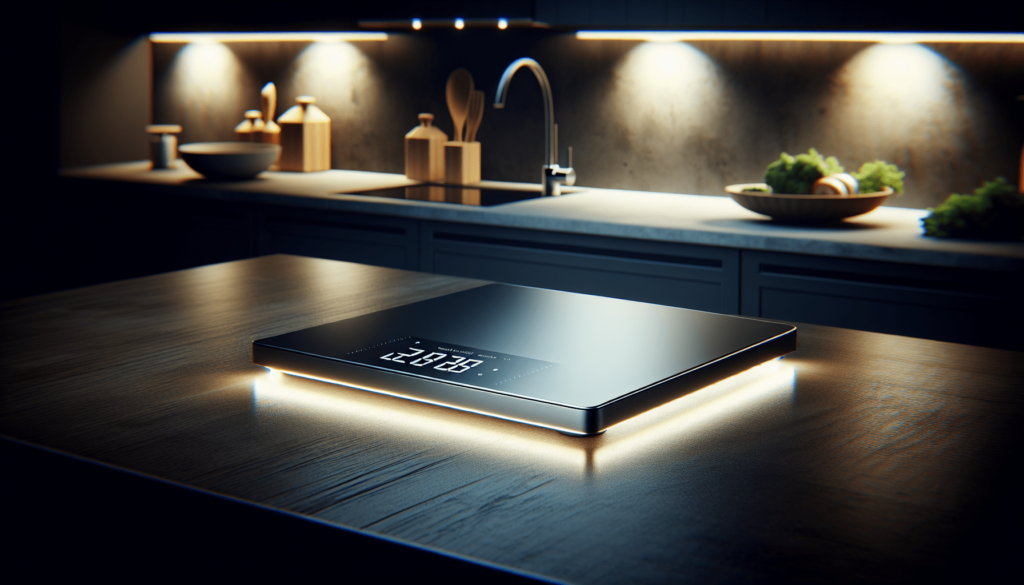How Do You Read A Digital Kitchen Scale

Have you ever found yourself standing in the kitchen, eager to whip up a delicious meal or bake something sweet, only to be stumped by the digital kitchen scale before you? With the variety of brands like OXO, Escali, Etekcity, Ozer, My Weigh, Greater Goods, Nicewell, Kitchen Ready Units, and AmazonBasics available, it’s easy to feel overwhelmed. Let’s take you through how to read and use a digital kitchen scale effectively, ensuring your culinary creations turn out perfectly every time.
Understanding Digital Kitchen Scales
Digital kitchen scales are indispensable tools designed to provide accurate measurements of food items, enabling you to follow recipes with precision. Unlike traditional scales, digital ones use electronic means to offer exact readings, making cooking and baking much more straightforward and reducing guesswork.
Why Use a Digital Kitchen Scale?
Using a digital kitchen scale revolutionizes your cooking experience by providing precise measurements, which are crucial for the success of any recipe. Whether you’re weighing flour for a cake or ingredients for a complex sauce, accuracy is vital. Additionally, measuring by weight rather than volume is often more reliable and eliminates inconsistencies.
The Components of a Digital Kitchen Scale
To effectively use a digital kitchen scale, it’s important to know its key components:
- Display Screen: This shows the weight readings often in grams, ounces, or pounds.
- Tare Button: Allows you to reset the scale to zero to exclude the weight of containers.
- Measurement Units Button: Lets you switch between different units of measurement.
- Platform: The flat surface where you place the items you wish to weigh.
Setting Up Your Digital Kitchen Scale
Getting started with your digital kitchen scale involves a few key steps to ensure accurate readings every time.
Battery Installation
Most digital kitchen scales operate using batteries. Before using your scale, ensure the batteries are correctly installed. The compartment is usually found underneath the scale, and many scales use AA or AAA batteries. Insert them following the plus (+) and minus (-) signs.
Placing the Scale on a Flat Surface
For the most accurate readings, place your scale on a stable, flat surface. This prevents uneven weight distribution and ensures precise measurements. Avoid using the scale on surfaces like soft mats or uneven tables.
Initial Calibration
Calibrating your scale is crucial, especially for the first use, as it ensures the readings you receive are accurate. Some scales automatically calibrate when turned on, while others might need manual calibration. You can usually find instructions for calibration in the scale’s manual.

Using Your Digital Kitchen Scale
Once your digital kitchen scale is set up, it’s time to start weighing. Let’s walk through the essential steps to get accurate results every time.
Powering On and Zeroing the Scale
To begin, press the power button to turn on the scale. Before placing any item on it, ensure it reads zero. If you’ve placed a container on the scale, use the tare button to reset the display to zero before adding your ingredients.
Selecting the Right Unit of Measurement
Different recipes may require measurements in grams, ounces, or pounds. Use the unit button on your scale to switch to the desired unit that corresponds with your recipe requirements. Having the correct unit prevents mistakes and ensures you are following the recipe accurately.
Weighing Ingredients
To weigh ingredients:
- Place a container on the scale if required.
- Press the tare button to subtract the weight of the container.
- Add the ingredients until the desired weight appears on the display screen.
This method ensures you only measure the ingredients, not the container.
Tips for Effective Weighing
- For dry ingredients like flour or sugar, avoid packing them tightly in the measuring container.
- If weighing liquids, ensure your container is suitable to prevent spills or overflow.
- For multiple ingredients, use the tare function in between adding each ingredient to get incremental weights.
Maintaining Accuracy Over Time
Ensuring your digital kitchen scale remains accurate over time requires a bit of care and maintenance.
Regular Cleaning
Keep your scale clean by wiping it with a damp cloth after use. Avoid using excessive water or harsh chemicals that can damage the scale’s electronics.
Storing Properly
Store your scale in a flat position to avoid damaging the platform. It’s advisable to remove the batteries if you’re not going to use the scale for an extended period.
Routine Calibration Checks
Regularly calibrate your scale to ensure it provides accurate readings. Consult your user manual on how to perform calibration or check if the scale offers automatic calibration features.

Common Troubleshooting Tips
Even the best digital kitchen scales may occasionally falter. Here’s how you can troubleshoot some common issues:
Incorrect Readings
If your scale provides incorrect readings, ensure that it is on a flat, stable surface. Check if the batteries need replacement or if the scale needs recalibration.
Display Issues
If the display is faint or not working, replacing the batteries might solve the problem. Ensure the battery compartment is clean and securely closed.
Unresponsive Buttons
Buttons becoming unresponsive might indicate dirt or moisture under the buttons. Carefully clean the area around the buttons and try again.
Advantages and Limitations of Digital Kitchen Scales
Using digital kitchen scales offers numerous advantages, but it’s also helpful to understand their limitations.
Advantages
- Precision: Digital scales offer greater precision compared to analog scales.
- Ease of Use: With straightforward controls and digital displays, they are user-friendly.
- Multiple Units: The ability to easily switch between measurement units caters to various recipe requirements.
Limitations
- Battery Dependence: Without batteries, a digital scale cannot function.
- Sensitivity to Environment: Placing digital scales on uneven surfaces can result in inaccurate readings.

Exploring Popular Digital Kitchen Scale Brands
There are numerous brands to consider when choosing a digital kitchen scale. Here are brief insights into some of the popular ones:
OXO
Known for user-friendly designs, OXO scales often feature pull-out displays for ease of reading. They are durable and known for their high accuracy.
Escali
Escali scales are appreciated for their sleek designs and functionality. They often feature large digital displays and multiple unit conversions.
Etekcity
Etekcity scales are widely praised for their affordability and precision. Often equipped with high-precision sensors, they cater well to everyday kitchen needs.
Greater Goods
This brand is recognized for providing reliable, budget-friendly options. Greater Goods scales often emphasize simplicity and functionality.
Here’s a brief comparison to help you decide:
| Brand | Notable Feature | Price Range |
|---|---|---|
| OXO | Pull-out display | Mid to High |
| Escali | Sleek design | Mid |
| Etekcity | High-precision sensors | Affordable |
| Greater Goods | Budget-friendly and reliable options | Affordable to Mid |
Conclusion
Understanding how to read a digital kitchen scale is a simple yet powerful skill that can enhance your culinary adventures. Not only will it help you achieve precise measurements, but it will also lend confidence in following and creating recipes. With a little practice, using your kitchen scale will become second nature, allowing you to enjoy the art of cooking even more. Remember to maintain your scale properly, troubleshoot when needed, and select the right brand that suits your needs and budget. Happy cooking, and may your culinary creations be both flavorful and flawless!

